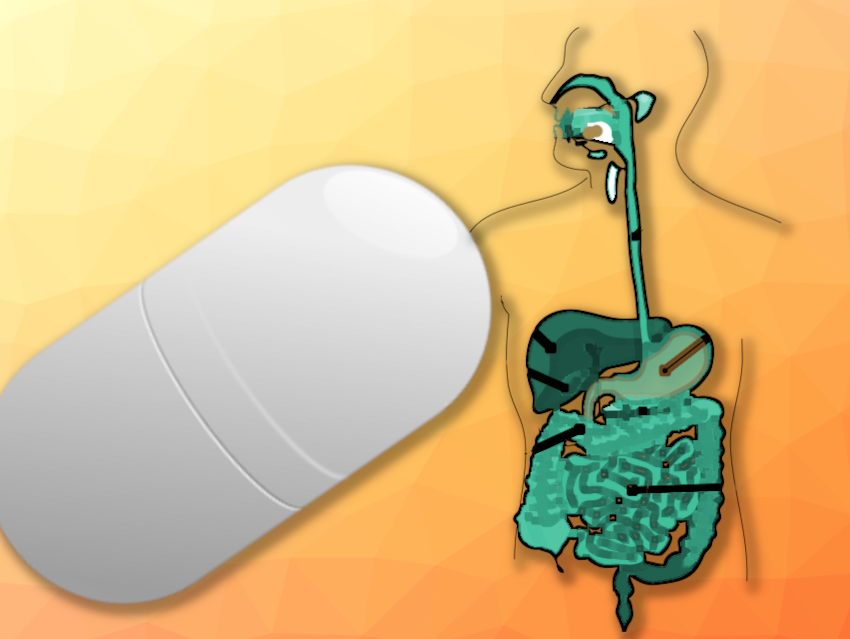Diseases that affect the gastrointestinal (GI) tract can be diagnosed and monitored by measuring concentrations of gases such as hydrogen, nitrogen, and ammonia. For example, sugar intolerance or malabsorption is caused by improper digestion of sugar that reaches the GI tract, where bacterial fermentation results in hydrogen gas production and abdominal symptoms. Infections with Helicobacter pylori lead to increased levels of carbon dioxide and ammonia and are linked with ulcers, gastritis (inflammation of the stomach lining), and gastric cancers. Current methods of detecting GI gases are either indirect, such as stool sampling and breath testing, or direct, such as tissue sampling and imaging. These methods have different drawbacks: Indirect methods do not localize the disease along the GI tract, and direct methods are highly invasive and can require hospitalization.
Yasser Khan, University of Southern California, Los Angeles, USA, and colleagues have developed an ingestible pill that detects GI gases and is tracked along its path. The pill has an optical gas-sensing membrane and detects the gases via fluorescence spectroscopy as it travels along the GI tract. For spatiotemporal tracking, the pill has a magnetic sensor that picks up the magnetic field generated by a magnetic coil that can be worn outside of the patient’s body on a t-shirt. Thus, the pill can simultaneously measure gases and track where and when the gases are produced.
The team tested the system using a 3D-printed human stomach model and ex vivo cow intestines (i.e., outside of a living body). They successfully measured oxygen in a range of 0 %–20 % and ammonia in a 0–100 ppm concentration range. The system could be worn by the patient at home and offer a non-invasive, precise method for monitoring GI diseases by gas detection. Further functions for imaging or the detection of biochemical compounds to diagnose sites of inflammation in the GI tract may be added to the device in the future.
- 3D gas mapping in the gut with AI-enabled ingestible and wearable electronics,
Angsagan Abdigazy, Mohammed Arfan, June Shao, Mohammad Shafiqul Islam, Md Farhad Hassan, Yasser Khan,
Cell Rep. Phys. Sci. 2024, 5, 101990.
https://doi.org/10.1016/j.xcrp.2024.101990




